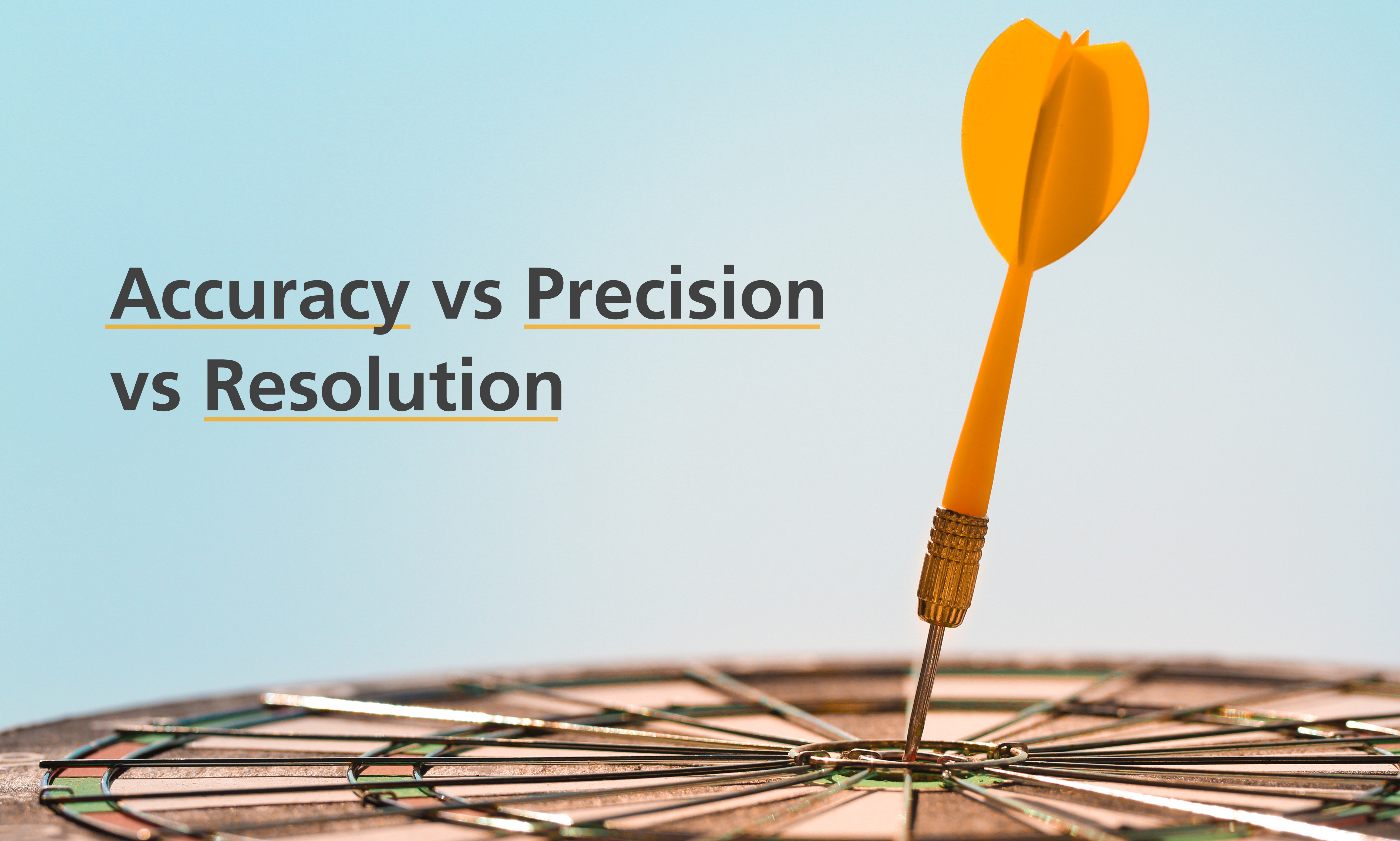

When you’re in the market for a pressure gauge, you’ll probably see the words accuracy, precision, and resolution thrown around pretty freely. Though they’re often used interchangeably, the terms have very specific meanings in pressure calibration and refer to different aspects of the quality of a measurement.
Accuracy refers to how closely the measured value corresponds to the true value. For example, if a pressure gauge is accurate, it will read the same pressure as a reference standard with a known accurate value. The accuracy of a pressure gauge can be affected by various factors, such as calibration errors, temperature, and environmental conditions. Accuracy is typically expressed as a percentage of the full-scale range or percentage of reading value of the gauge.
Precision refers to how closely the results of multiple measurements taken with the same instrument agree with each other. A pressure gauge with high precision will produce consistent readings when measuring the same pressure multiple times. The precision of a pressure gauge can be affected by factors such as gauge design, measurement method, and user technique. It's typically expressed as the standard deviation of multiple measurements taken at the same pressure value.
Resolution refers to the smallest change in value that the instrument can detect or display. For example, if a digital pressure gauge has a resolution of 0.001 psi, it will be able to detect and display changes in pressure as small as 0.001 psi. The resolution of a pressure gauge is determined by the design of the gauge and its measuring mechanism. A gauge with high resolution can detect small changes in pressure, while a gauge with low resolution cannot. Resolution is typically expressed in units of the measured pressure, such as psi, bar, or kPa.
Overall, when it comes to pressure instrumentation, the goal is to choose the tool that can ensure the accuracy and precision necessary for a given application, with the sufficient resolution for its intended use. Understanding these key definitions will go a long way toward helping you compare the available options and ultimately find the right gauge for your application. Start your search right here, with our full suite of digital gauges that are compact, durable, and easy to use, and include our signature Quick-test connectors and adapters that cover a wide range of functions and applications.